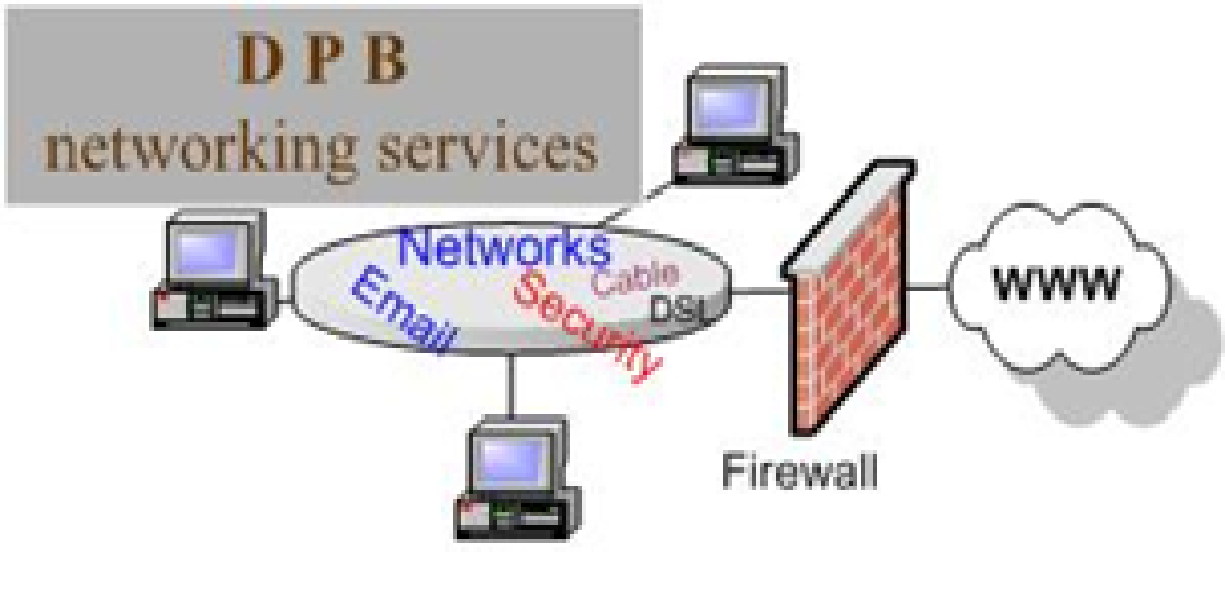Automation is a word we hear quite often in our current tech-heavy society, but how does it connect with law practice management?
First, let’s dive into what workflow automation entails. Automation is the systemization of processes to minimize the need for human input. Workflows are systems and tasks that must be completed regularly in order to keep a law firm open and operating. When you put these two concepts together, you have workflow automation, which reduces the need for manual work in law office administrative process by assigning tasks to technologies and electronic tools.
Here’s an example.
Bringing a new member into the firm requires a variety of onboarding tasks, which can take up a substantial amount of valuable time. The workflow may involve such steps as:
- Preparing new hire paperwork
- Reviewing firm policies with new hire
- Issuing credentials and passwords
- Reviewing security protocols with new hire
Traditionally, each of these tasks would be handled by a firm member, which in a solo or small firm, is likely a billing attorney. All the time that goes into these tasks takes time away from more profitable ones, and that is where automated workflow adds value. With the right systems in place, each of these tasks can be handled electronically with minimal input from a firm member. The firm can use automation to prepare necessary documents, review them with the new hire, issue credentials, and conduct security training independently.
Within a law firm environment, there are billable hours and nonbillable tasks. Automating the nonbillable tasks saves time for billable ones, which leads to greater profitability. The overall goal of workflow automation is to make it easier for attorneys to manage their nonbillable law office workflow for a more manageable workload.
Three Law Firm Workflows Ripe for Automation
#1 Marketing
Some law firms use email campaigns as a part of their marketing plans. Automation software, like Mailchimp, can put these efforts on autopilot with personalized campaigns. Once email templates are created, the automated system identifies which emails to send based on recipients’ actions on the firm website or their interactions with past emails.
Automation can also help law firms qualify potential clients by taking them through a questionnaire that identifies their specific legal service need. This saves time by weeding out individuals who are looking for practice areas or services not offered by the firm.
#2 Human Resources
As stated earlier, routine HR tasks can also be automated to free up valuable law firm time and resources. With workflow automation in place, legal practices can streamline the following processes:
- Employee Onboarding – With the completion of each step of the process, the automated system moves the new candidate to the next step for completion.
- Managing leave requests – Employee leave often involves numerous tasks like sending emails back & forth emails, working through timesheets, and gaining approvals. An automated workflow can process leave requests in hours instead of days.
#3 Payment Processing and Collections
Invoicing and payment processing takes up a substantial amount of law firm time and resources. It starts with turning tracked time into bills and continues through the process of collecting client payments. TimeSolvPay is an innovative platform that automates the legal billing and payment workflow. Here’s a look at how it works.
The firm establishes a service agreement where clients consent to the storage of their payment information for use in relation to legal representation. It then establishes invoicing and payment timelines. TimeSolvPay uses the timeline to run a payment on sent invoices after a pre-determined number of days have elapsed.
It takes the manual work out of the hands of law firm members for greater efficiency, improved accuracy, and quicker payments.
The Benefits of Automated Workflows
Automated workflows help law firms handle nonbillable times with more speed, greater efficiency, and improved accuracy. They take away the extra stresses of handling these repetitive tasks so firms can better allocate resources to the most valuable tasks. It crafts a law firm environment that has the following:
- Increased productivity for repetitive tasks
- A reduced human error like misplaced documentation and incorrect data input
- Increased accountability with automated reminders that trigger employee actions
- Faster communication with more efficient communication processes
- Improved client services
Automate Nonbillable Law Firm Workflows
The first step to implementing automation is identifying which tasks are appropriate for these changes. Repetitive tasks are best suited, including those that run on a regularly scheduled timeline and consume a lot of time to complete. These are also tasks that involve more manual operation than critical thinking and come with a high risk of human error. If they meet two or more of these criteria, they may be appropriate for automation.
To learn about the automation benefits of TimeSolvPay, click this website link for more information.
















